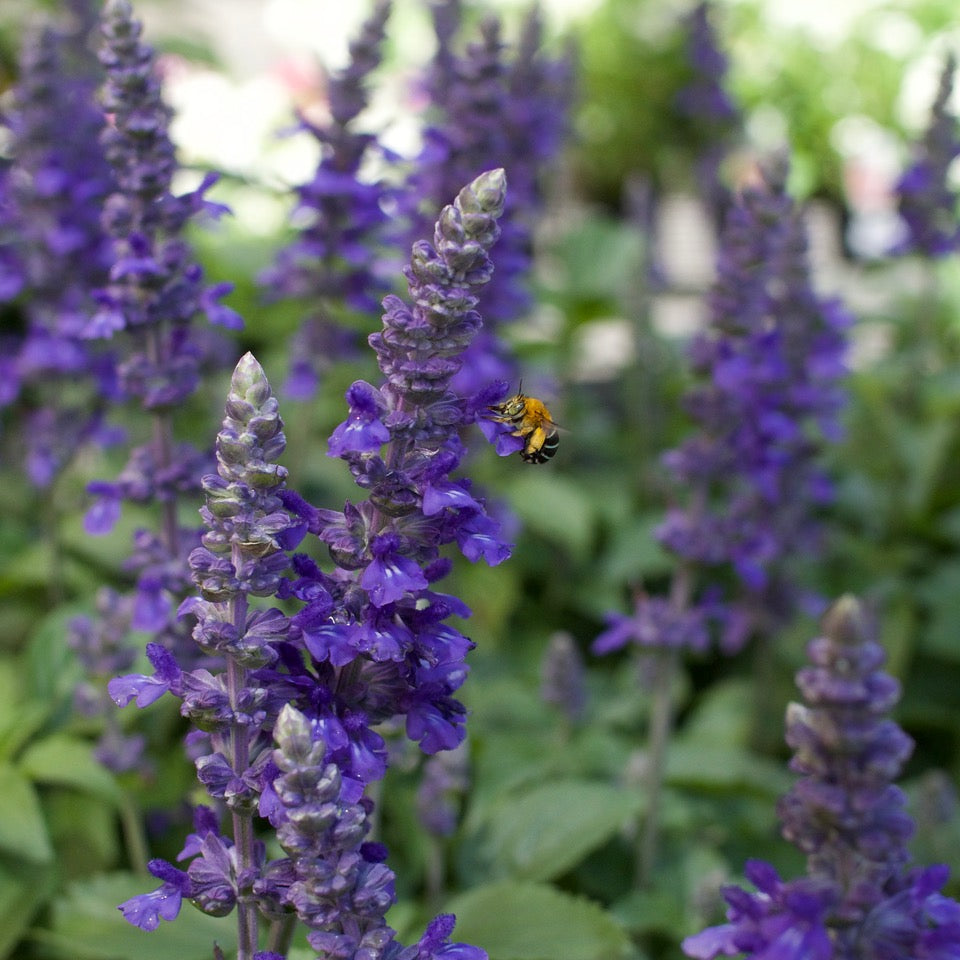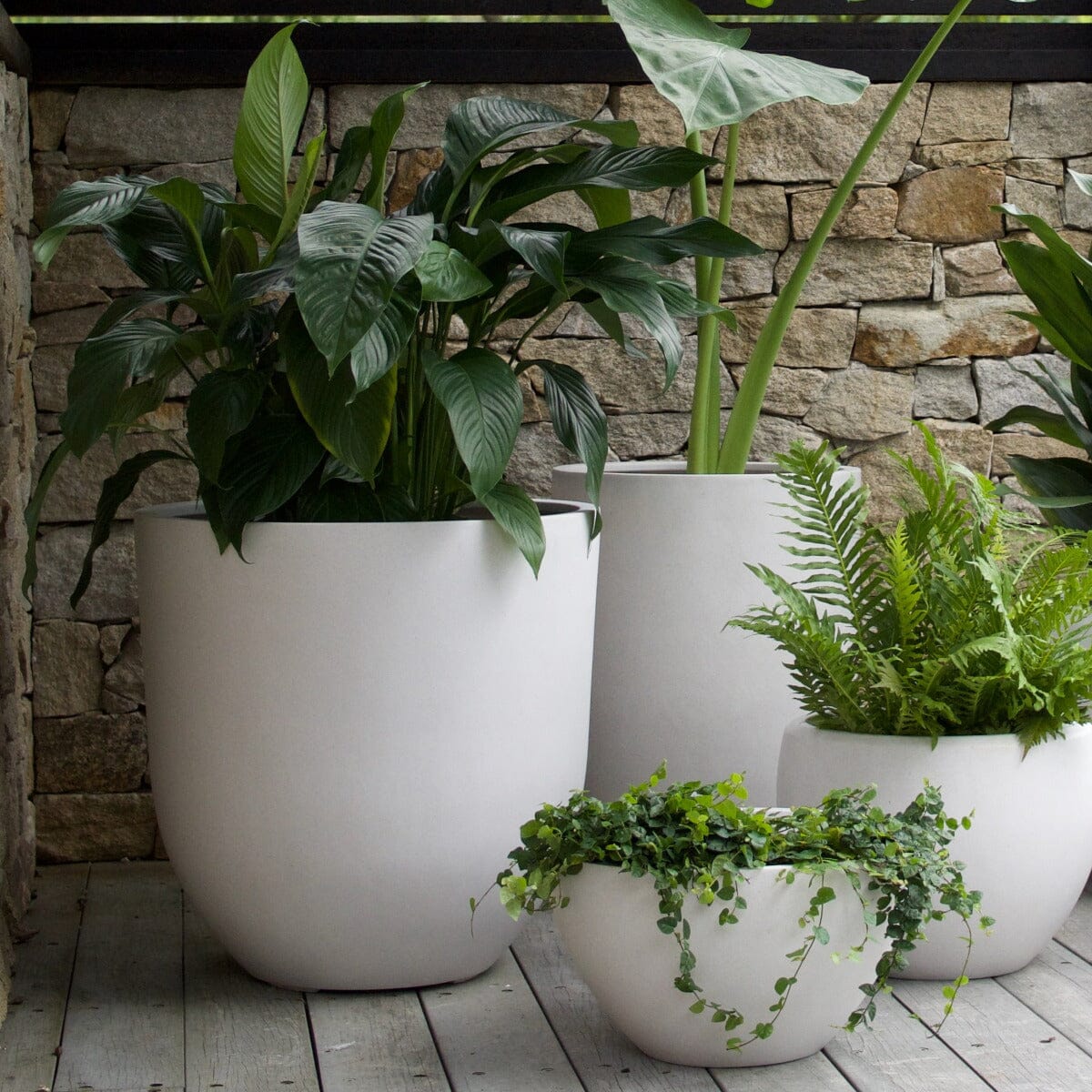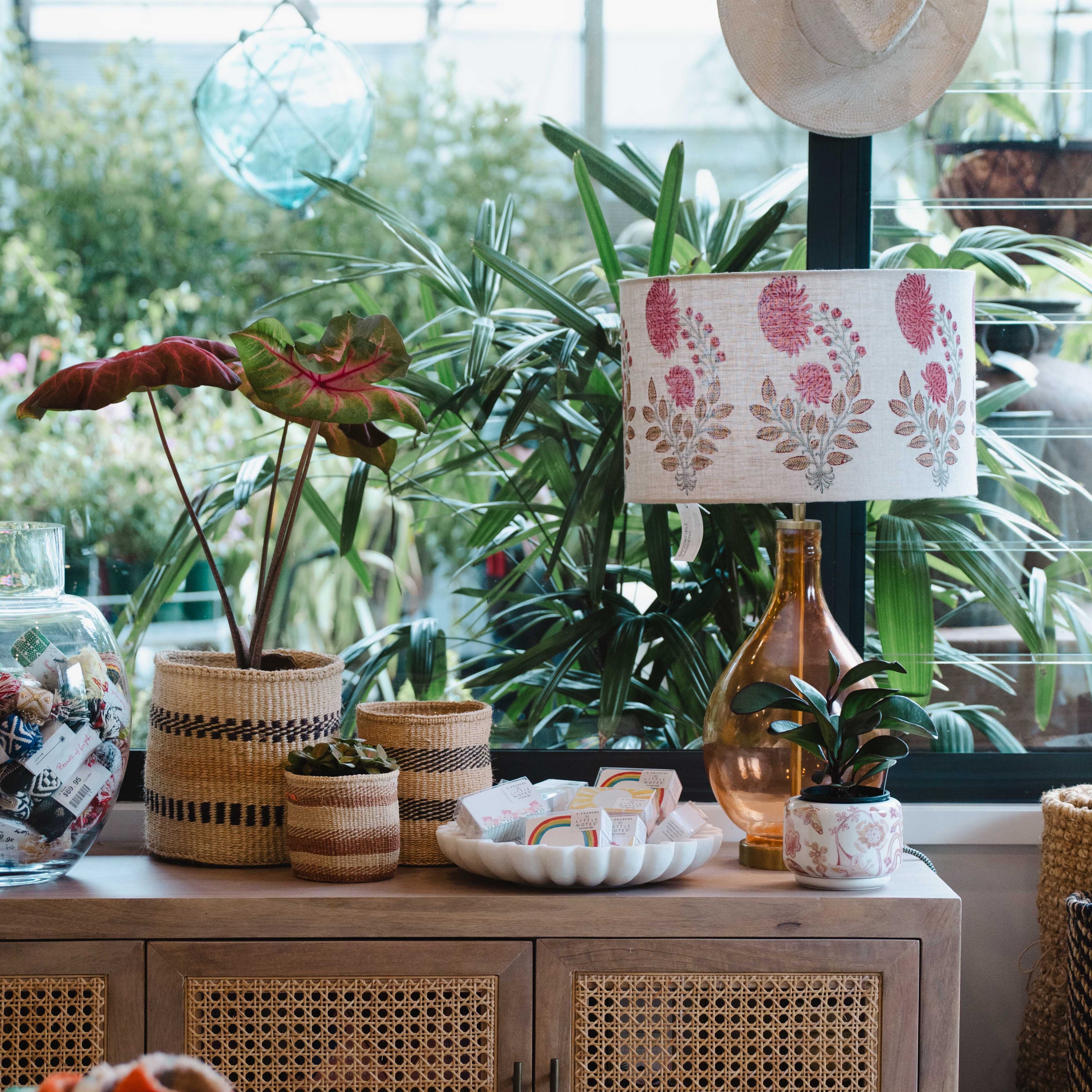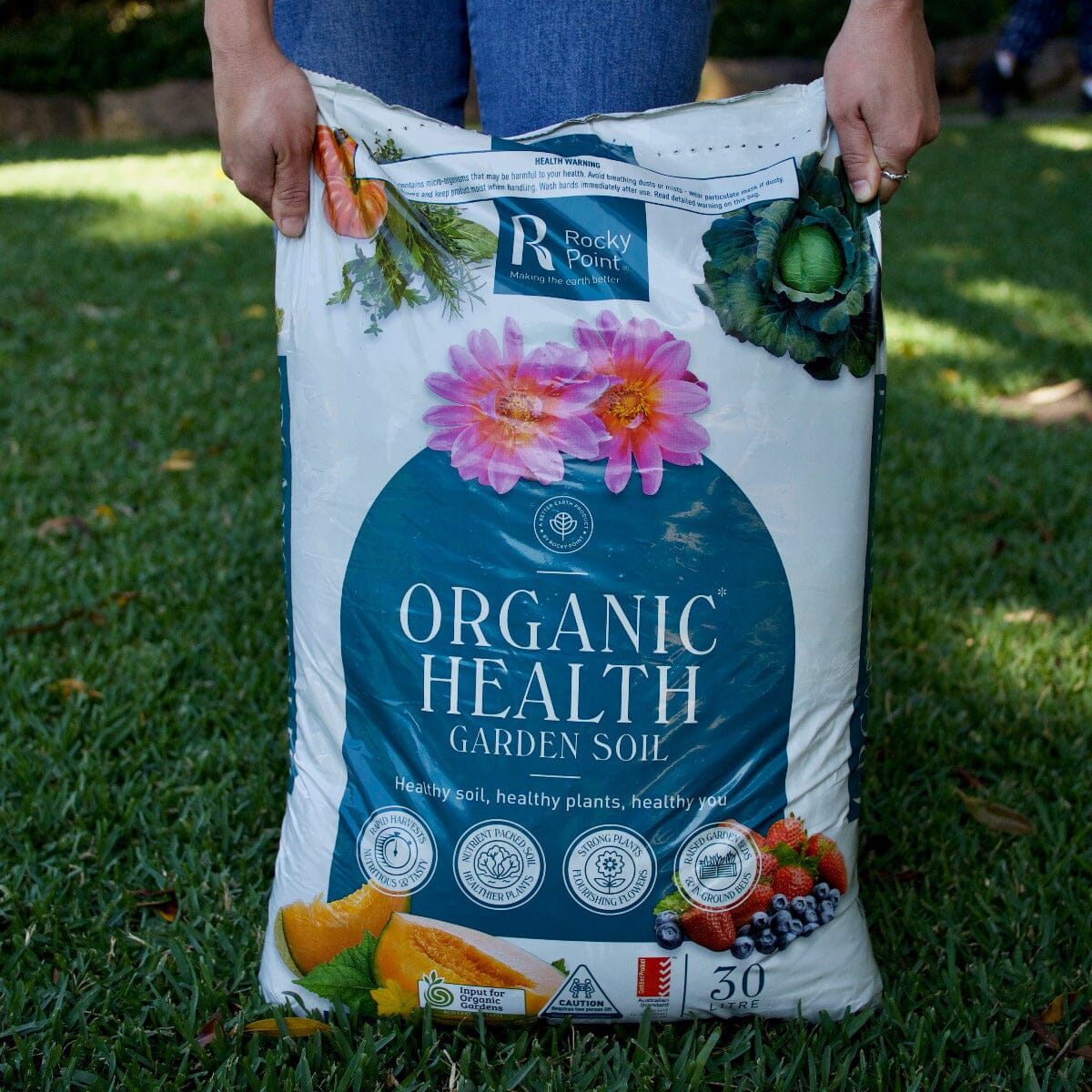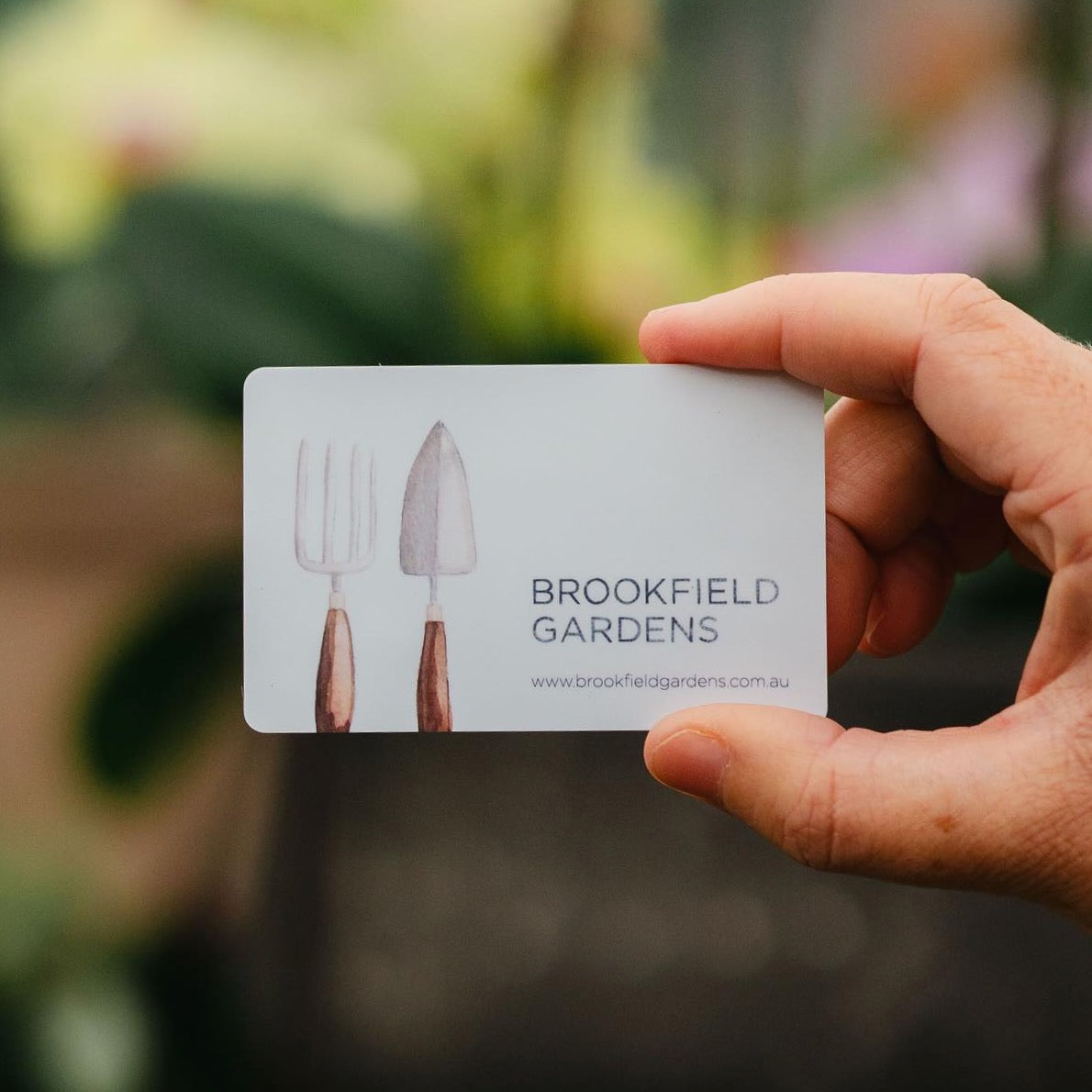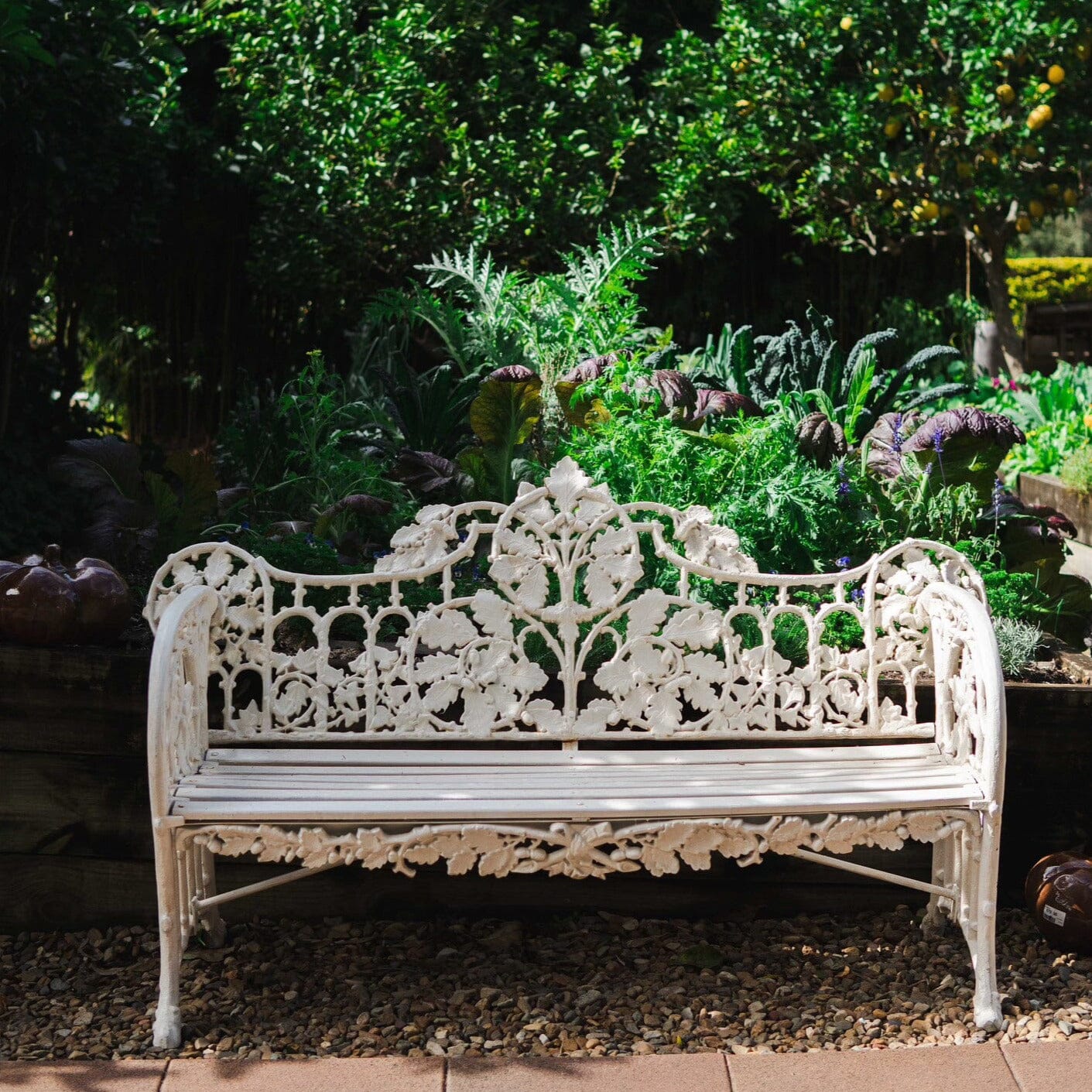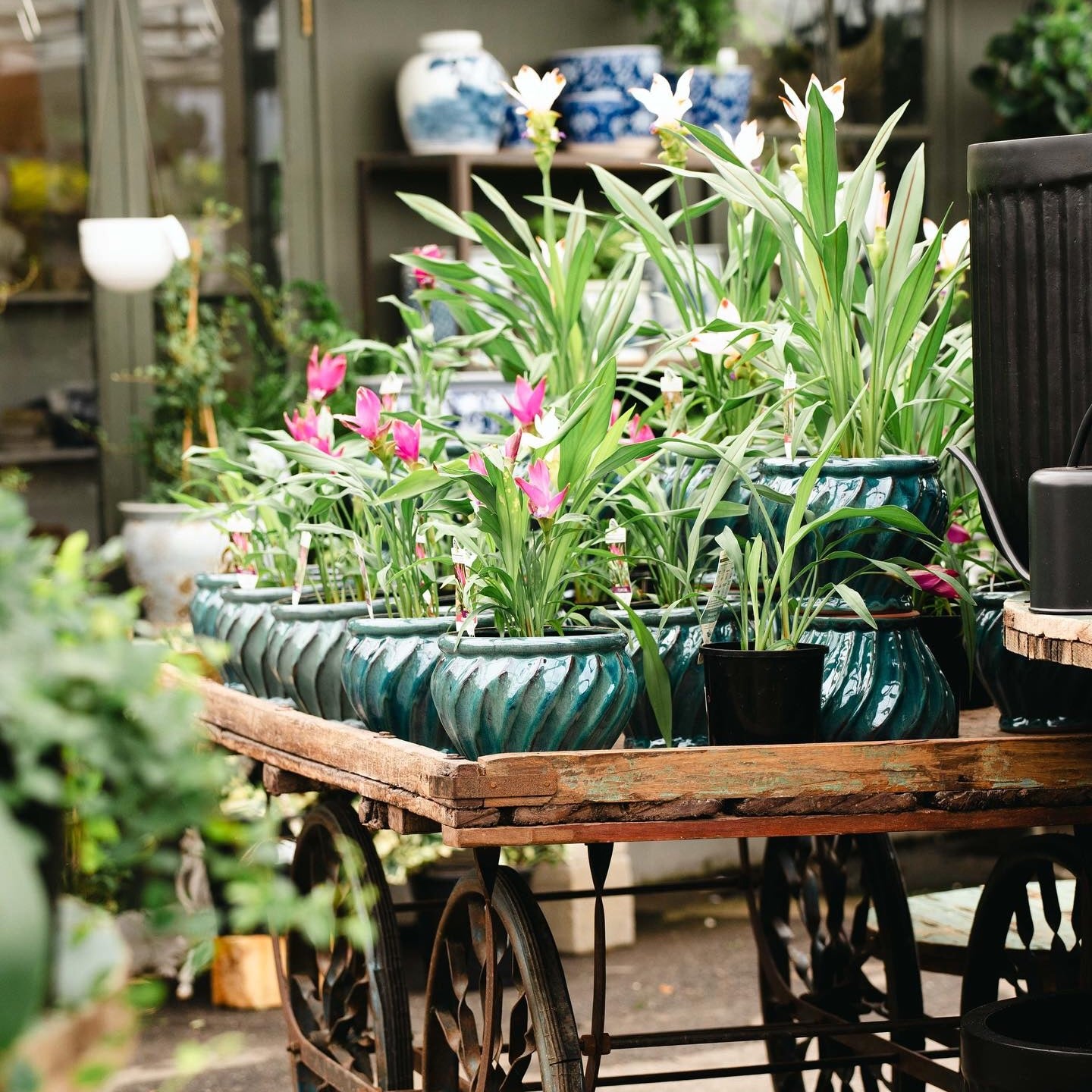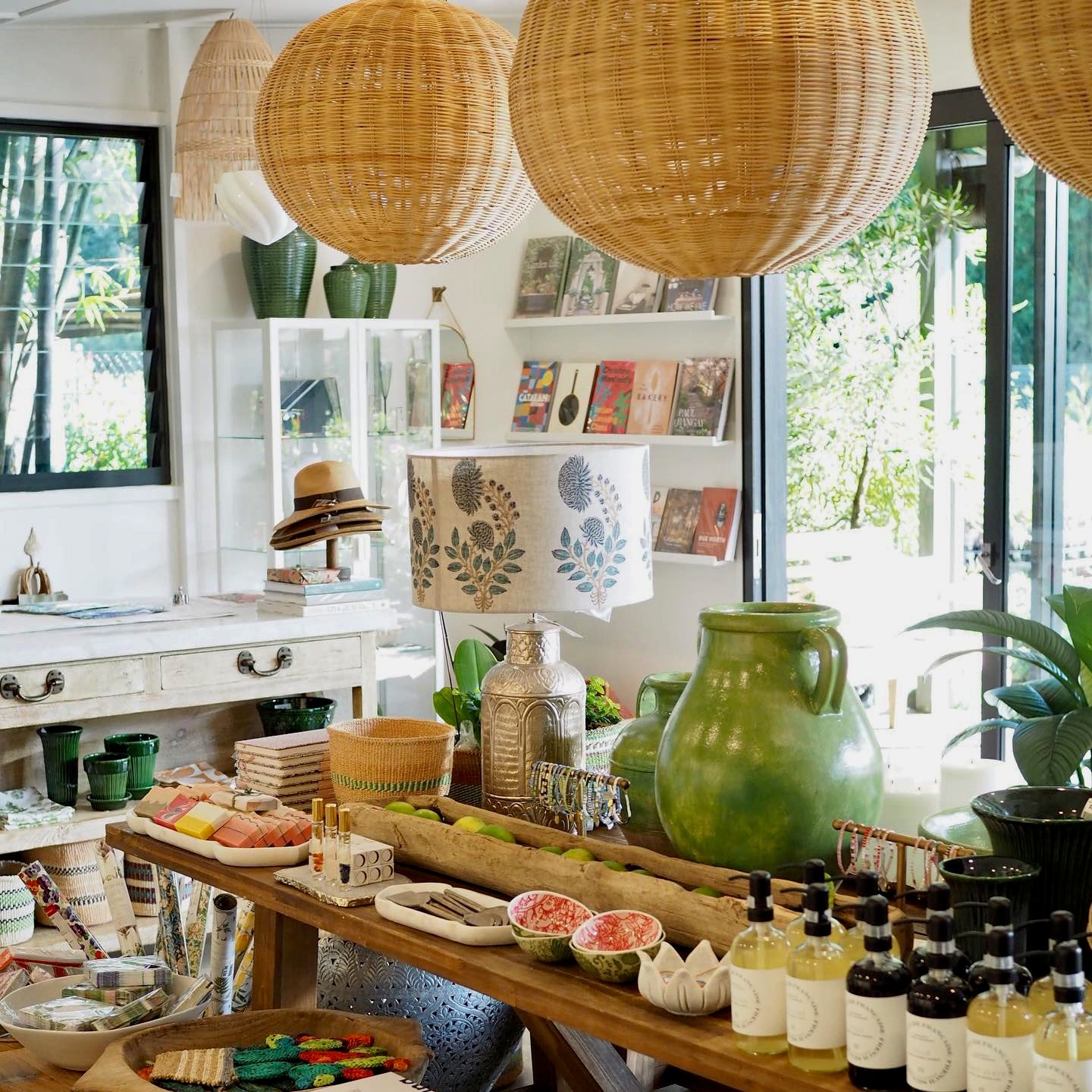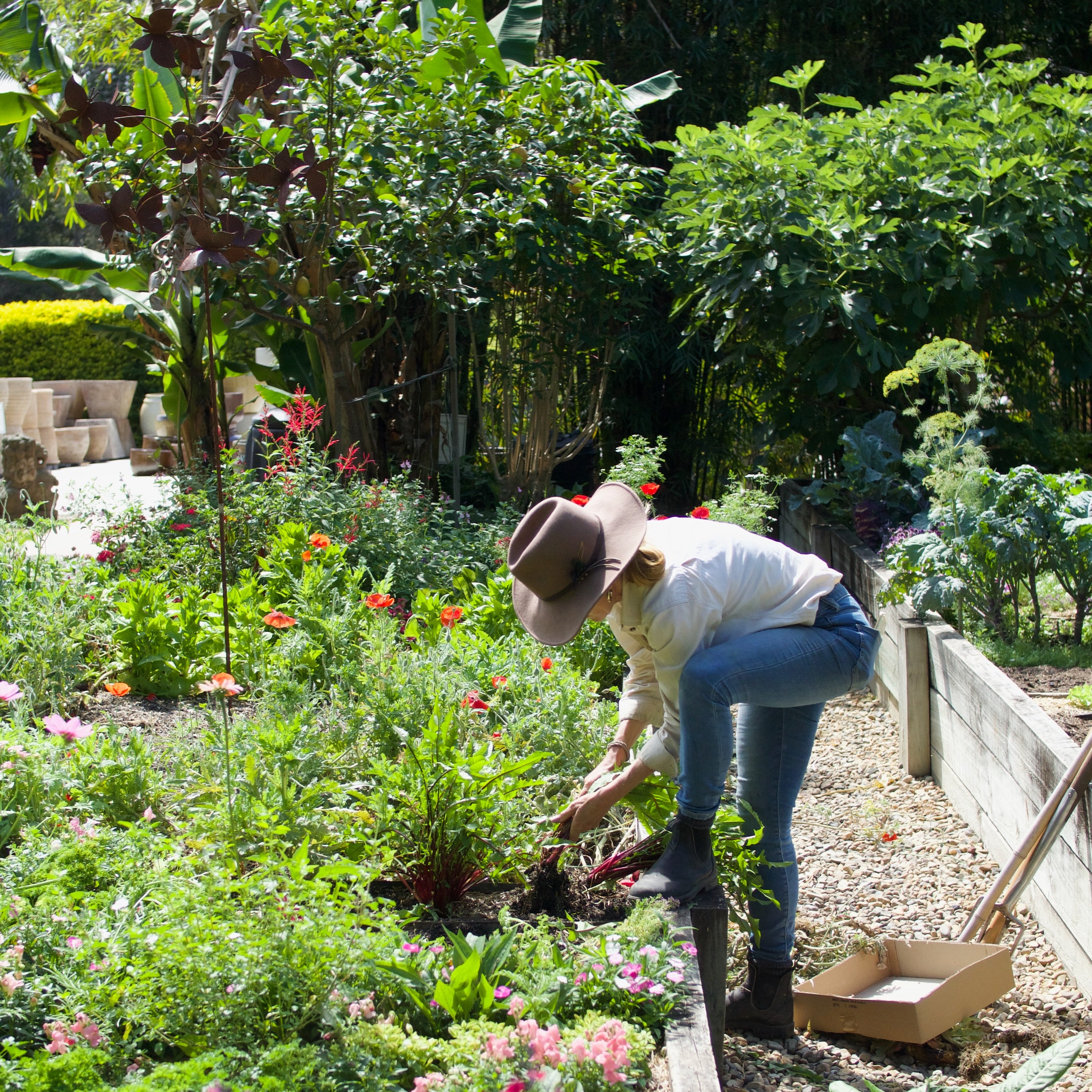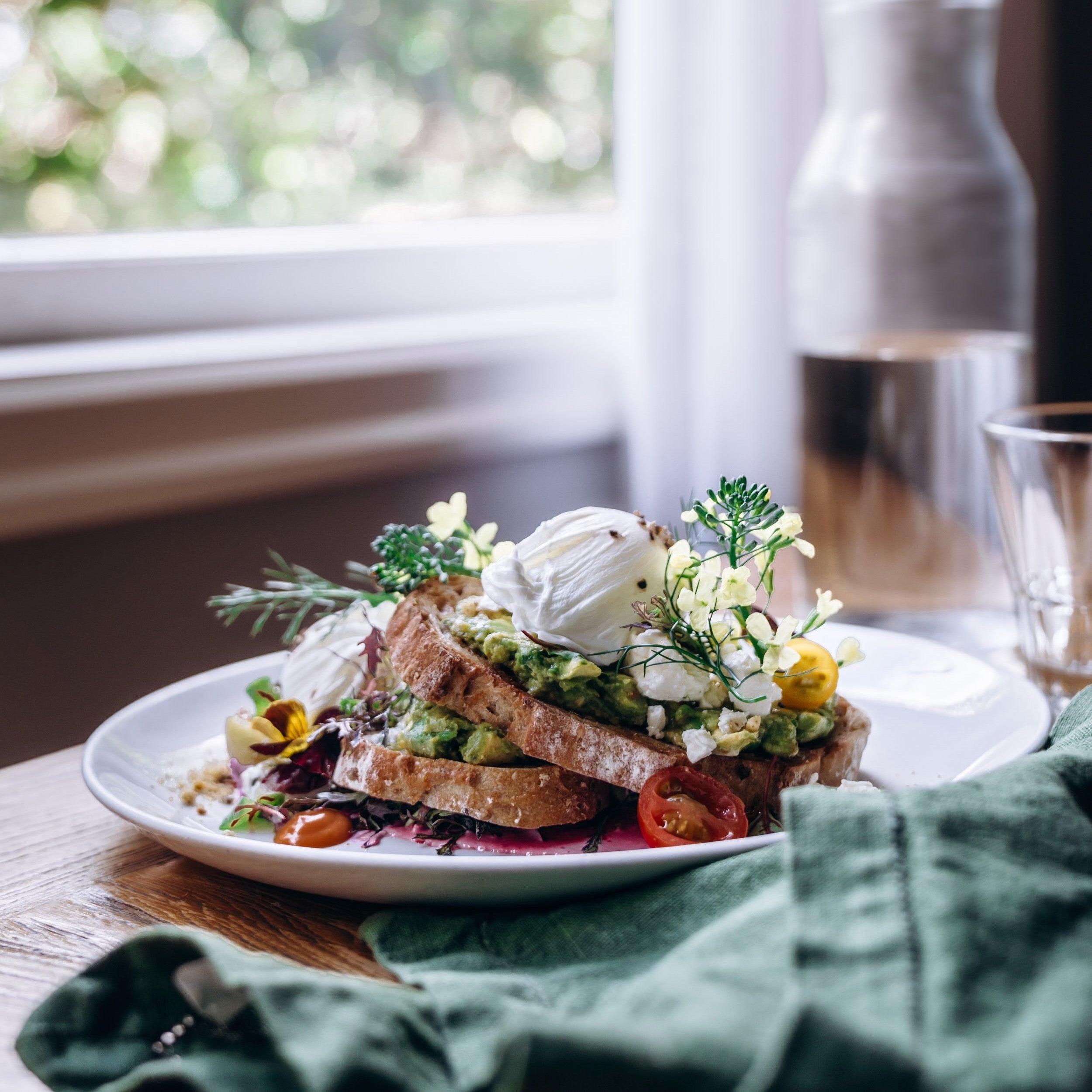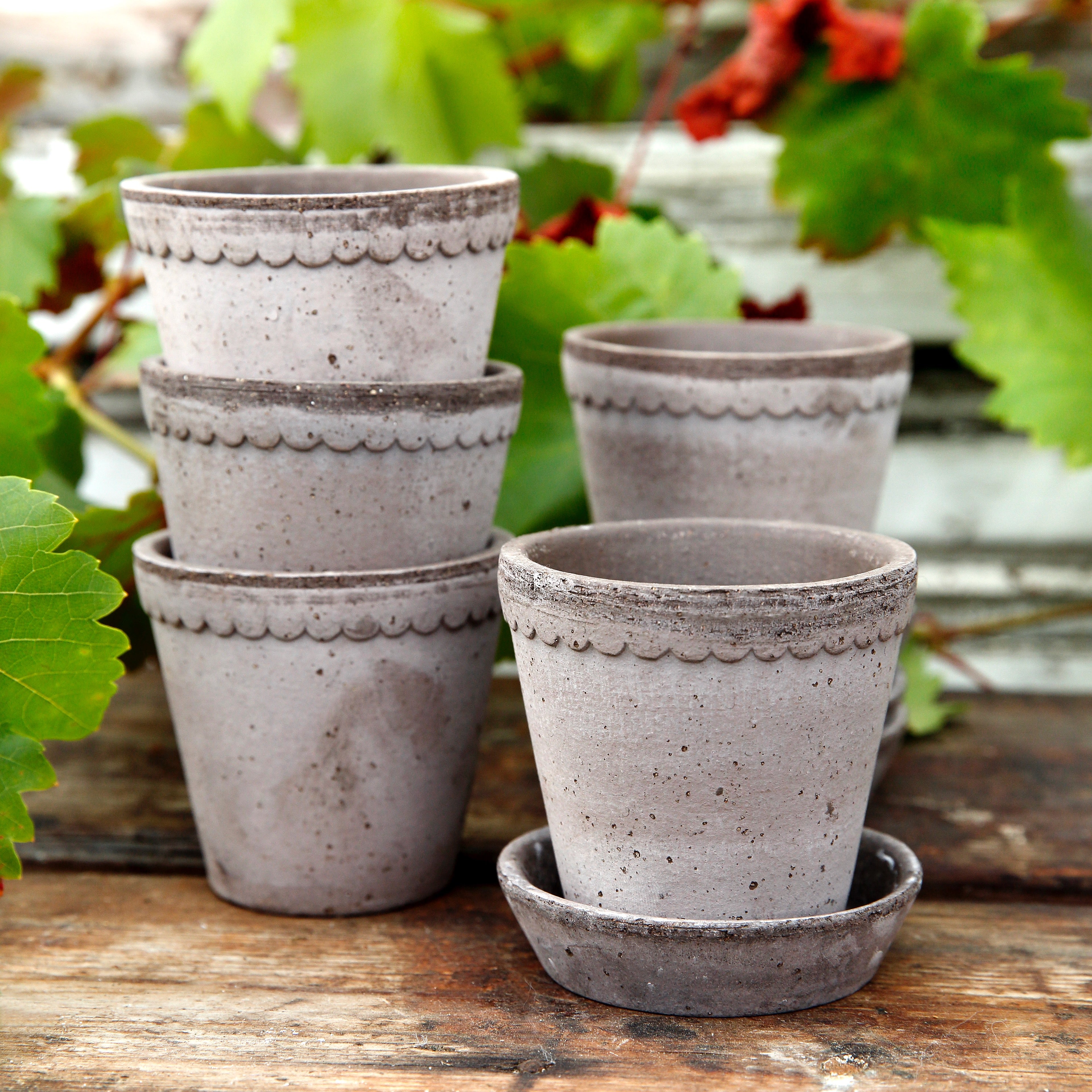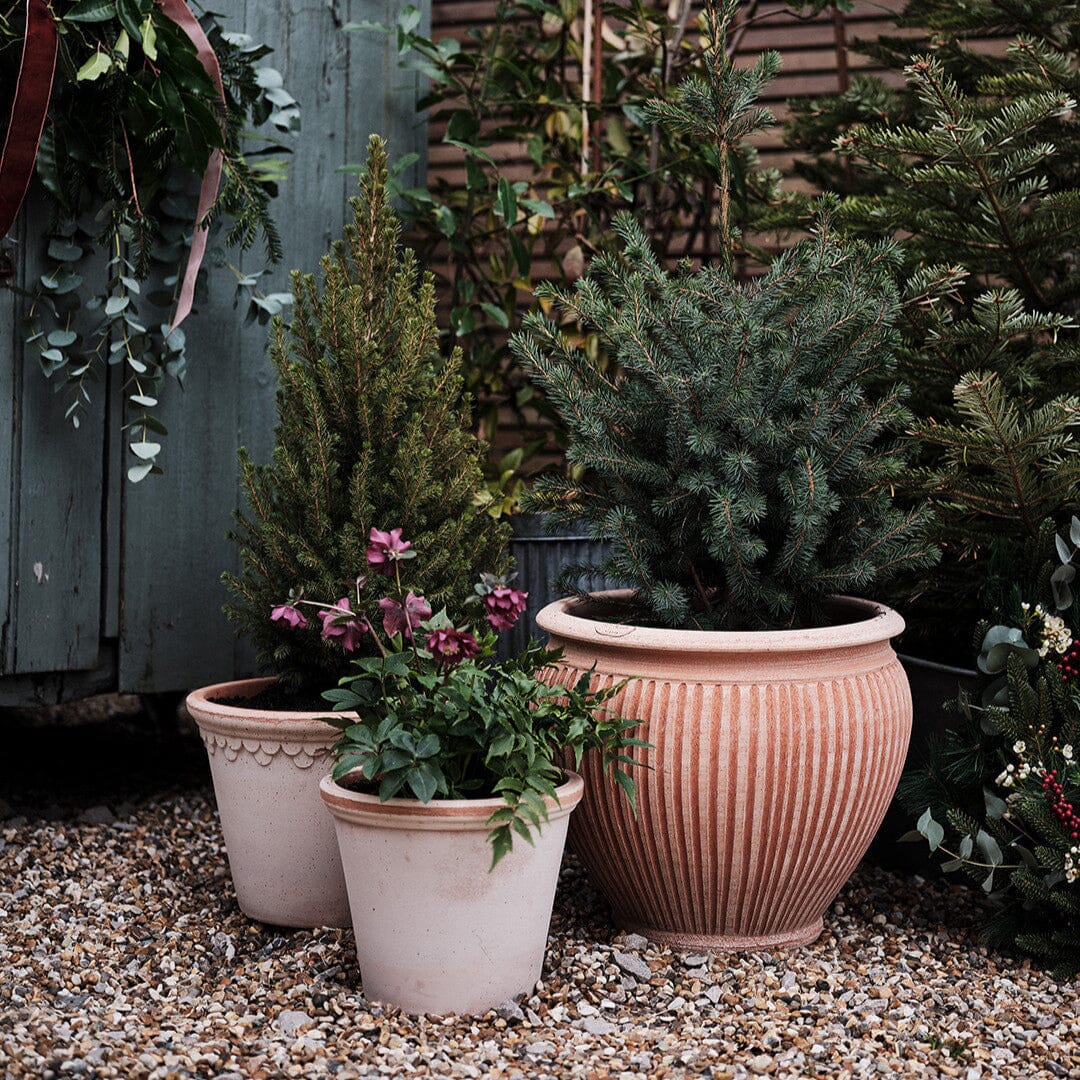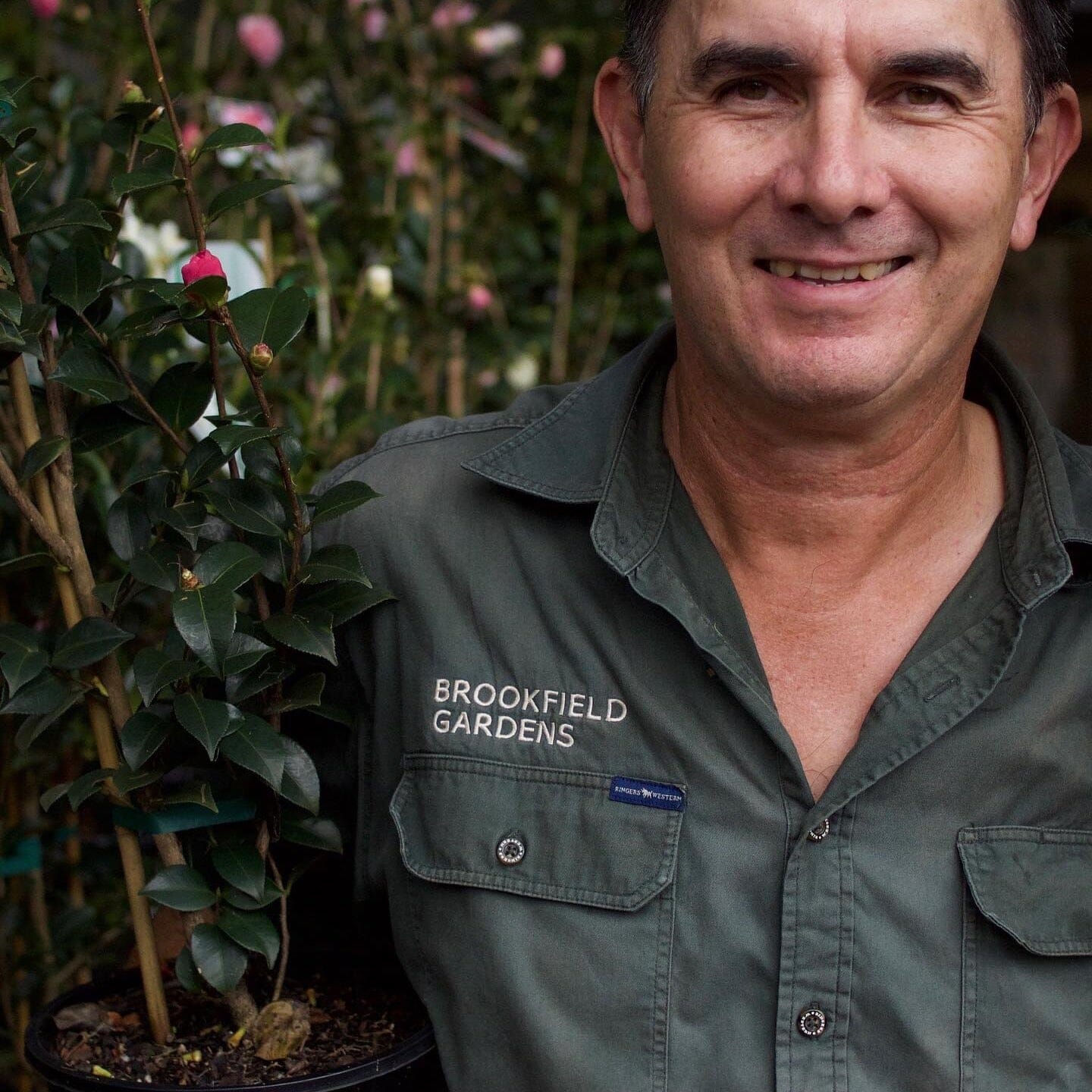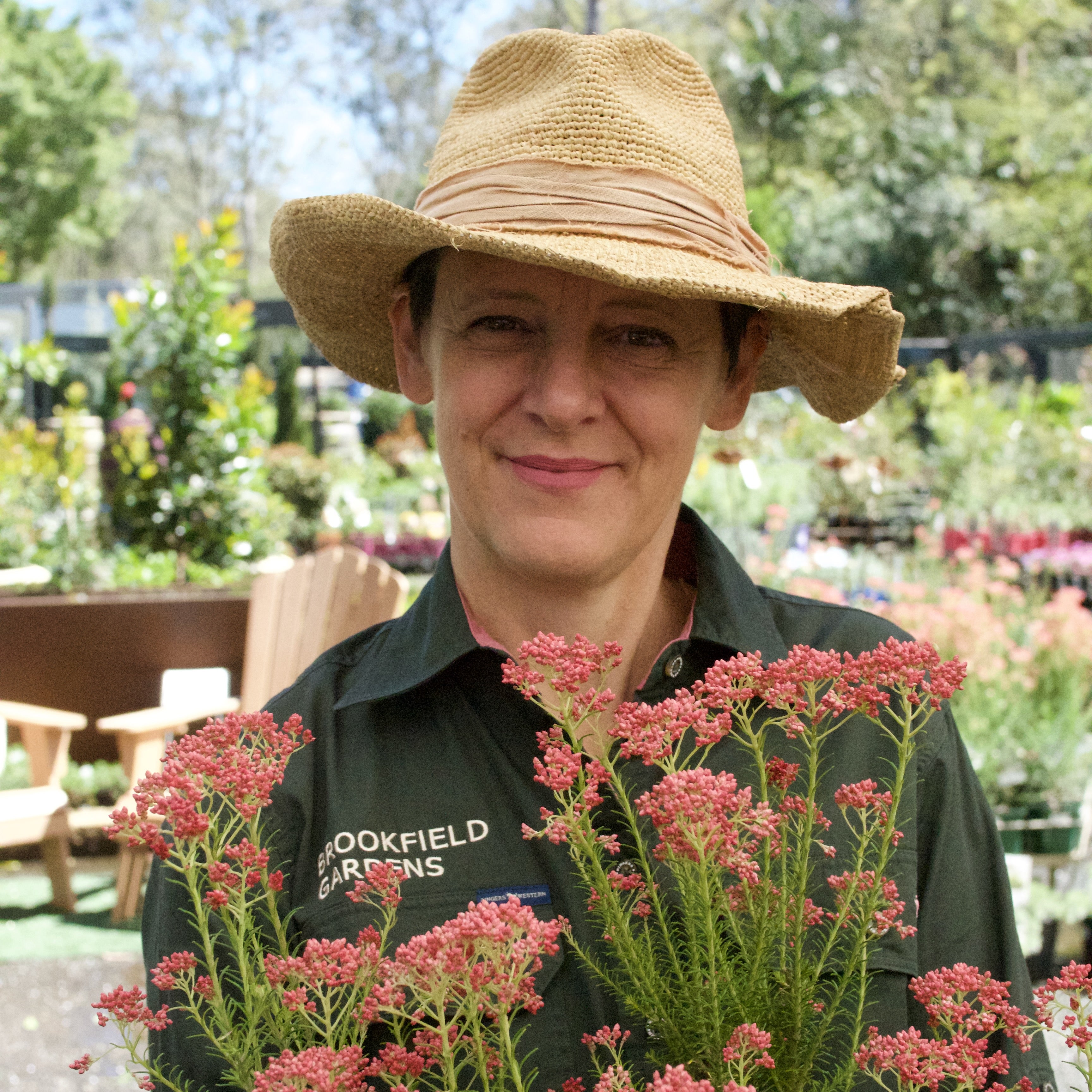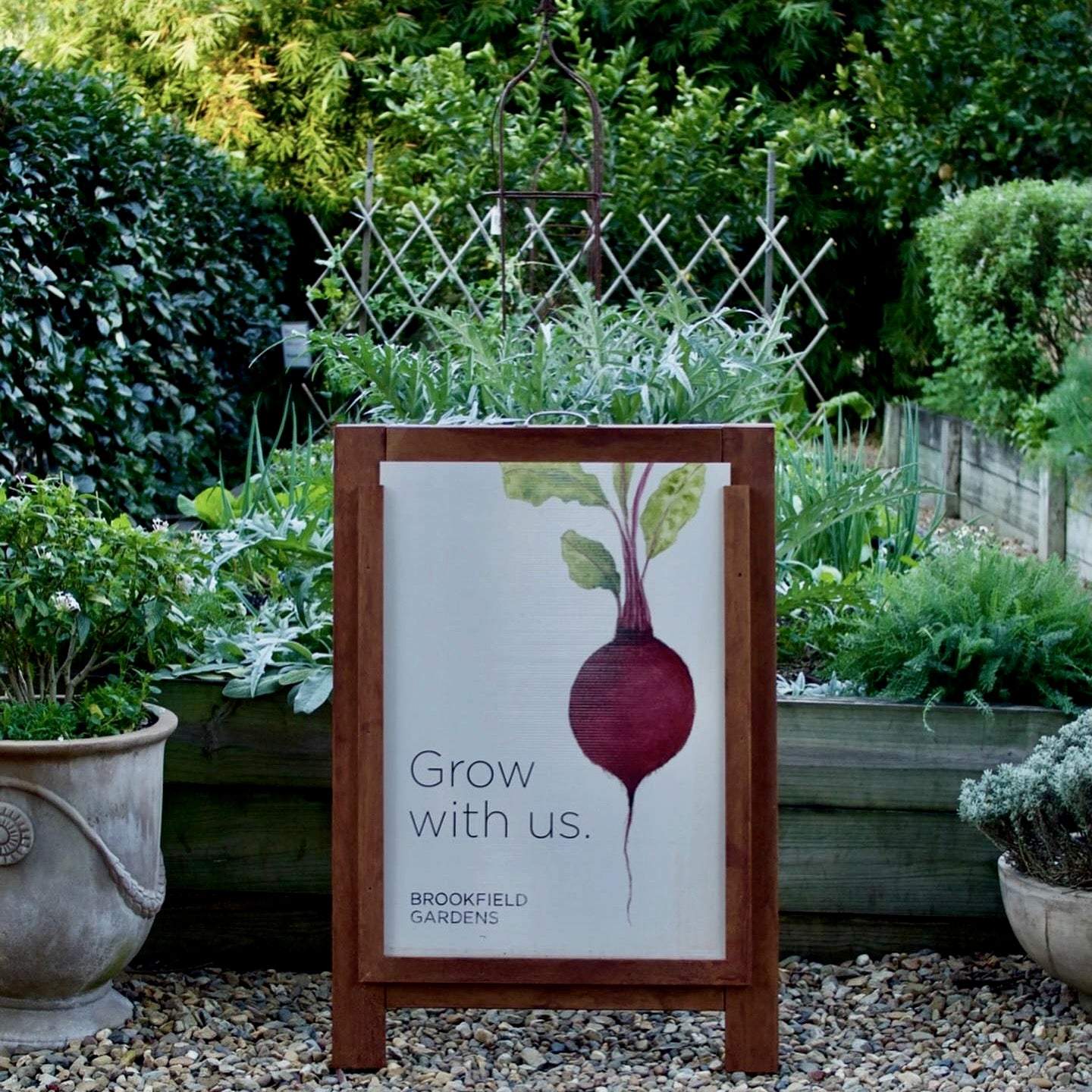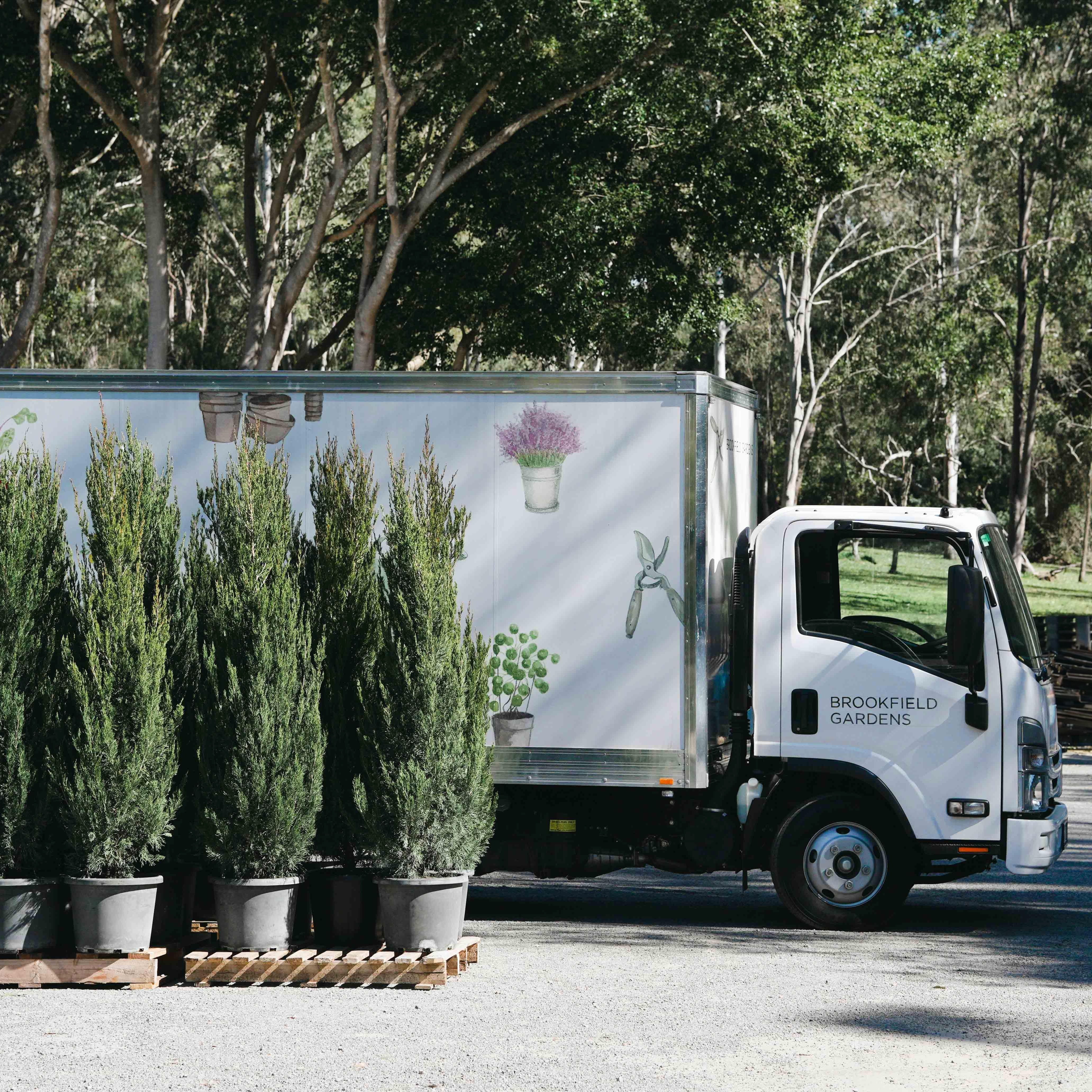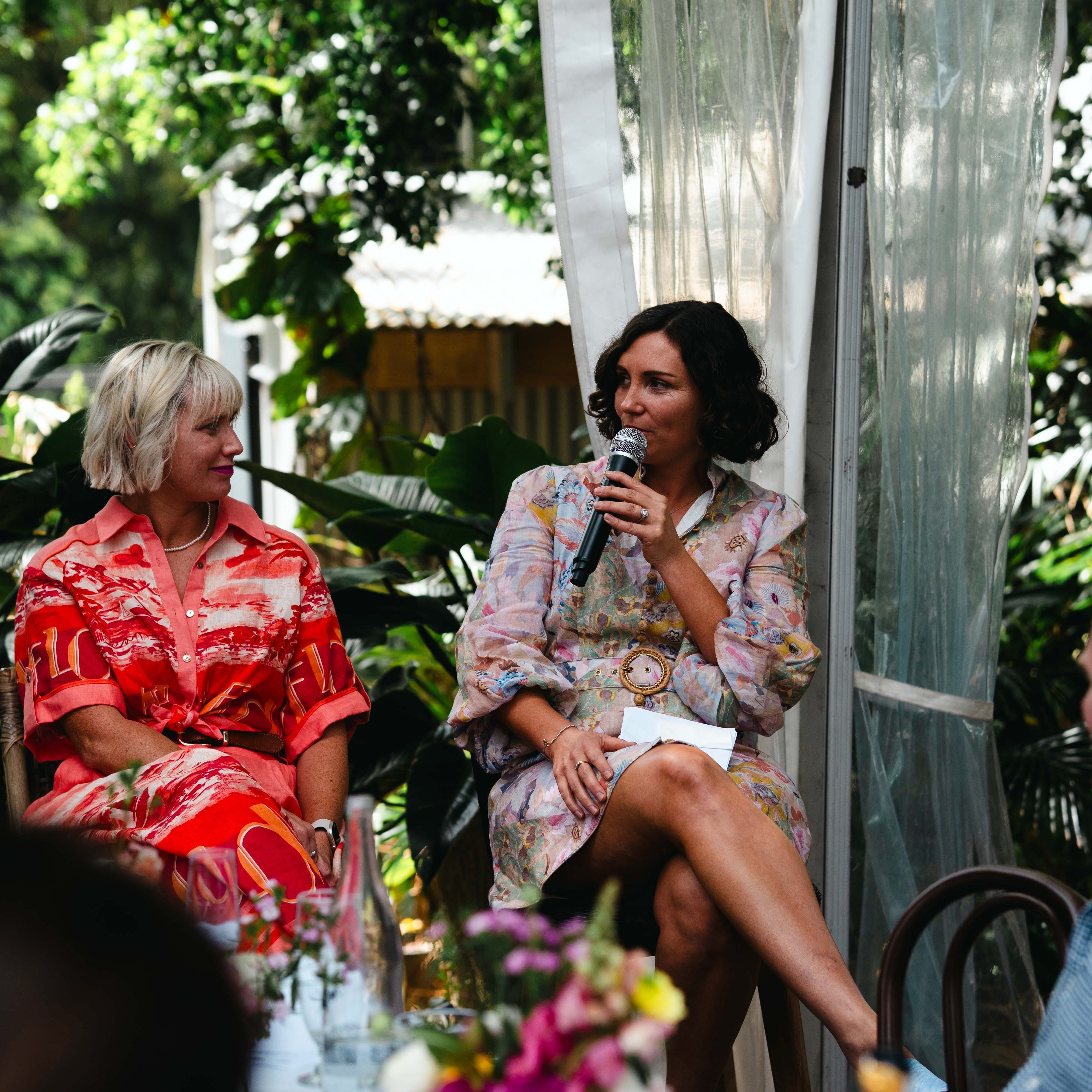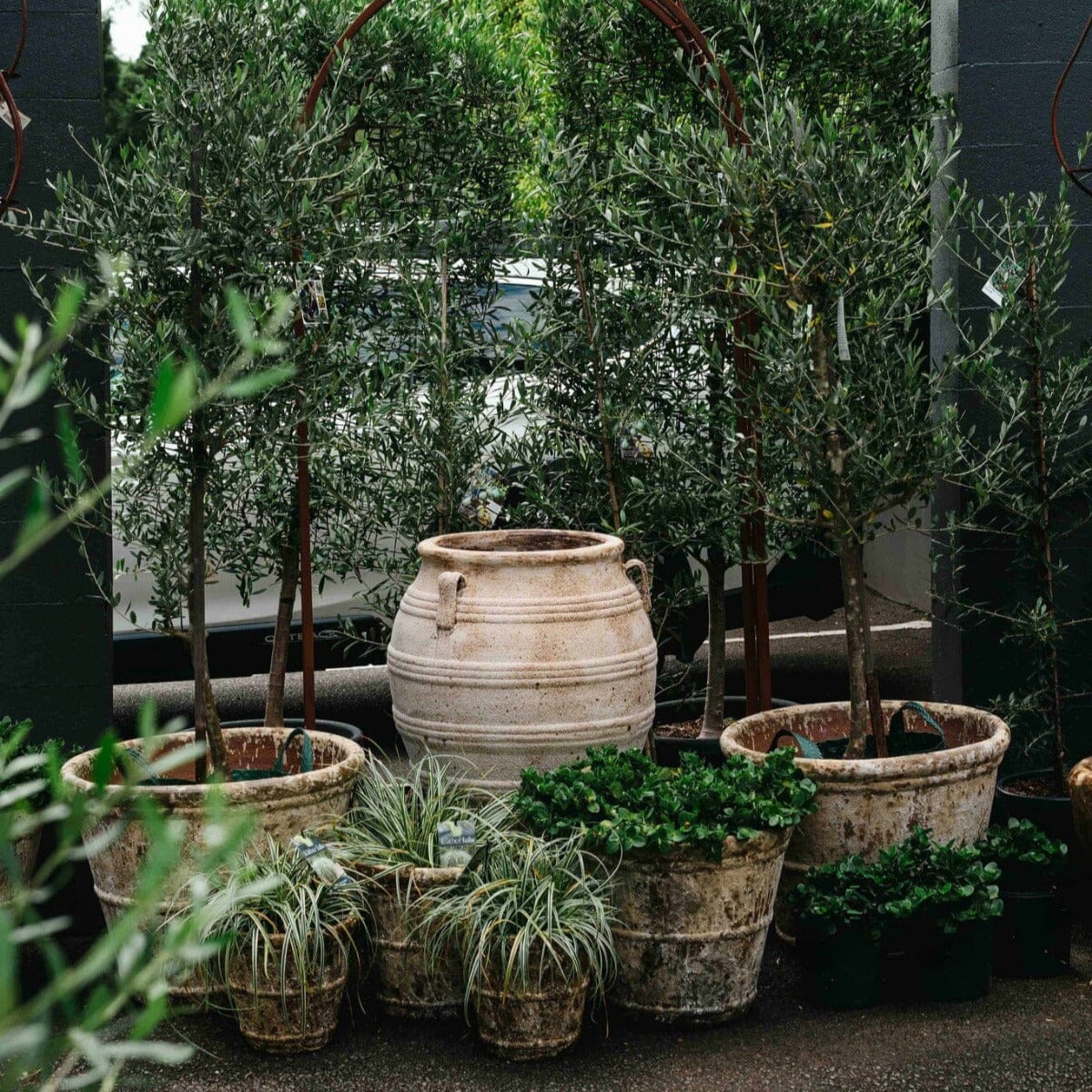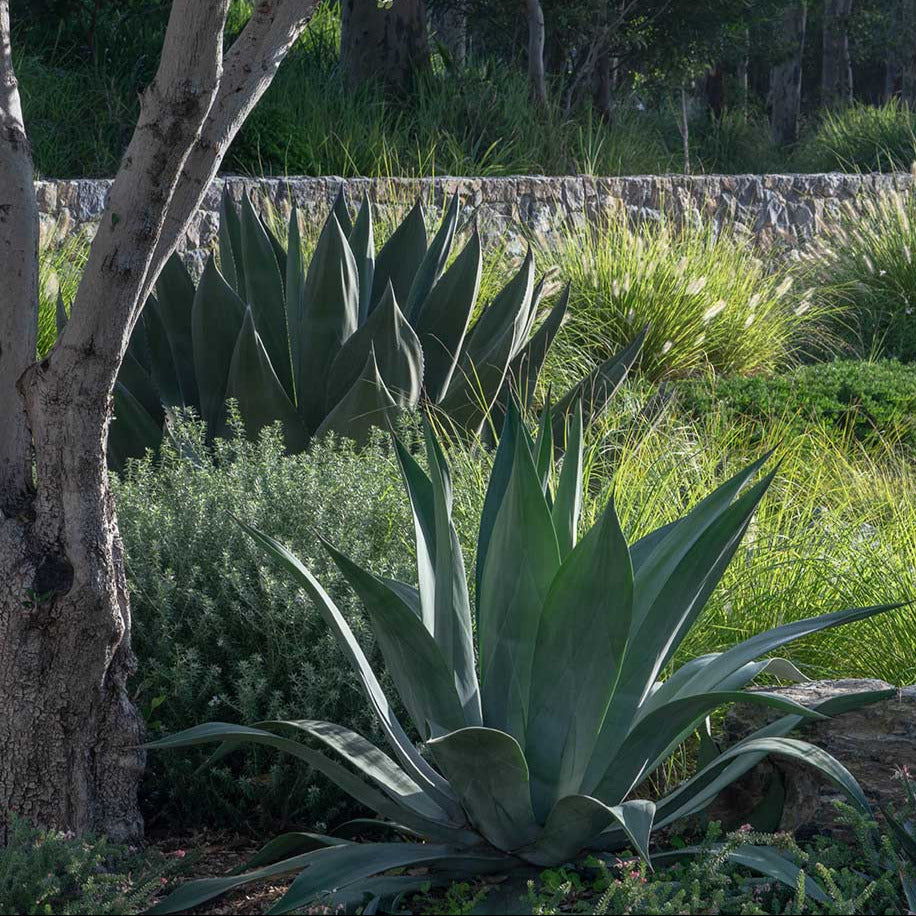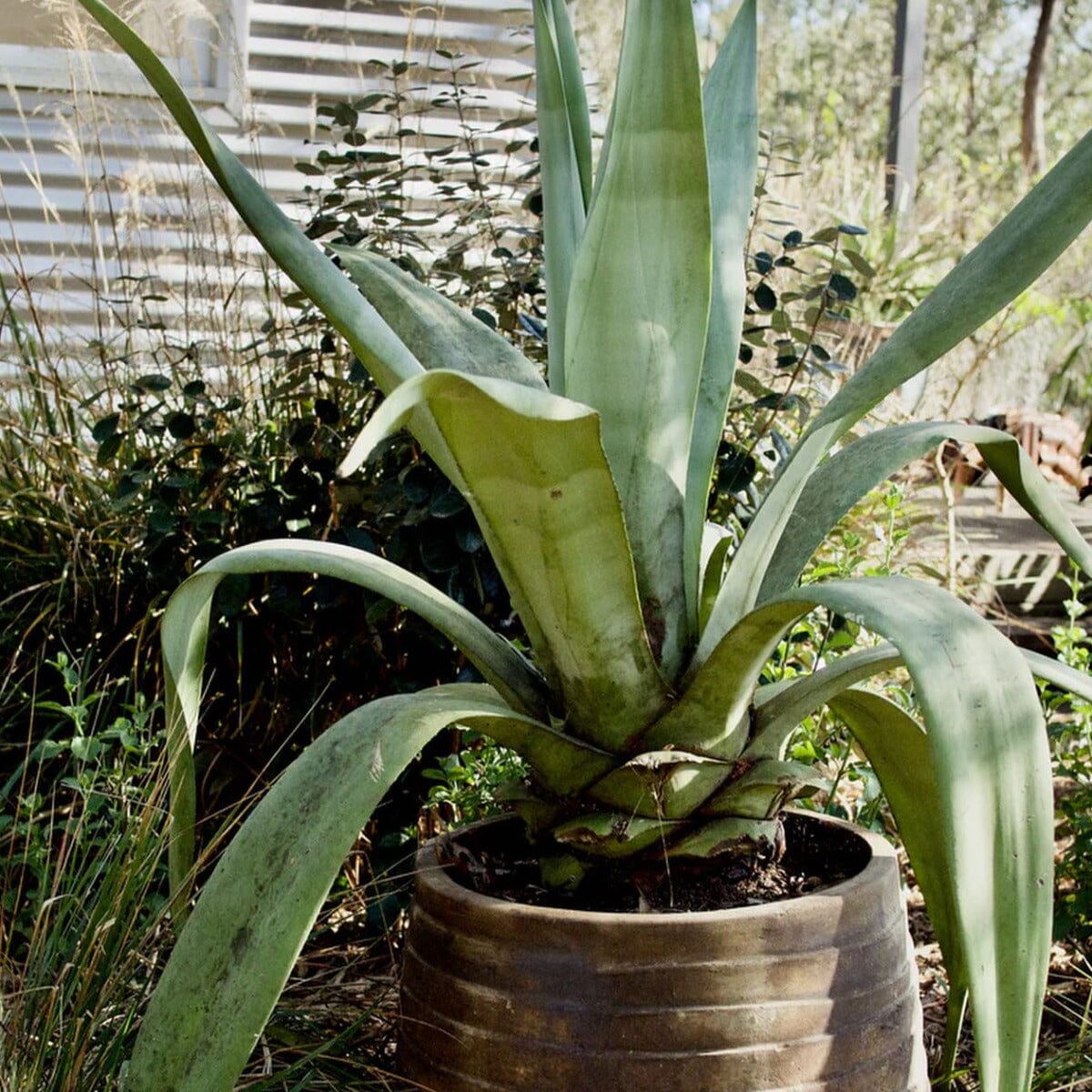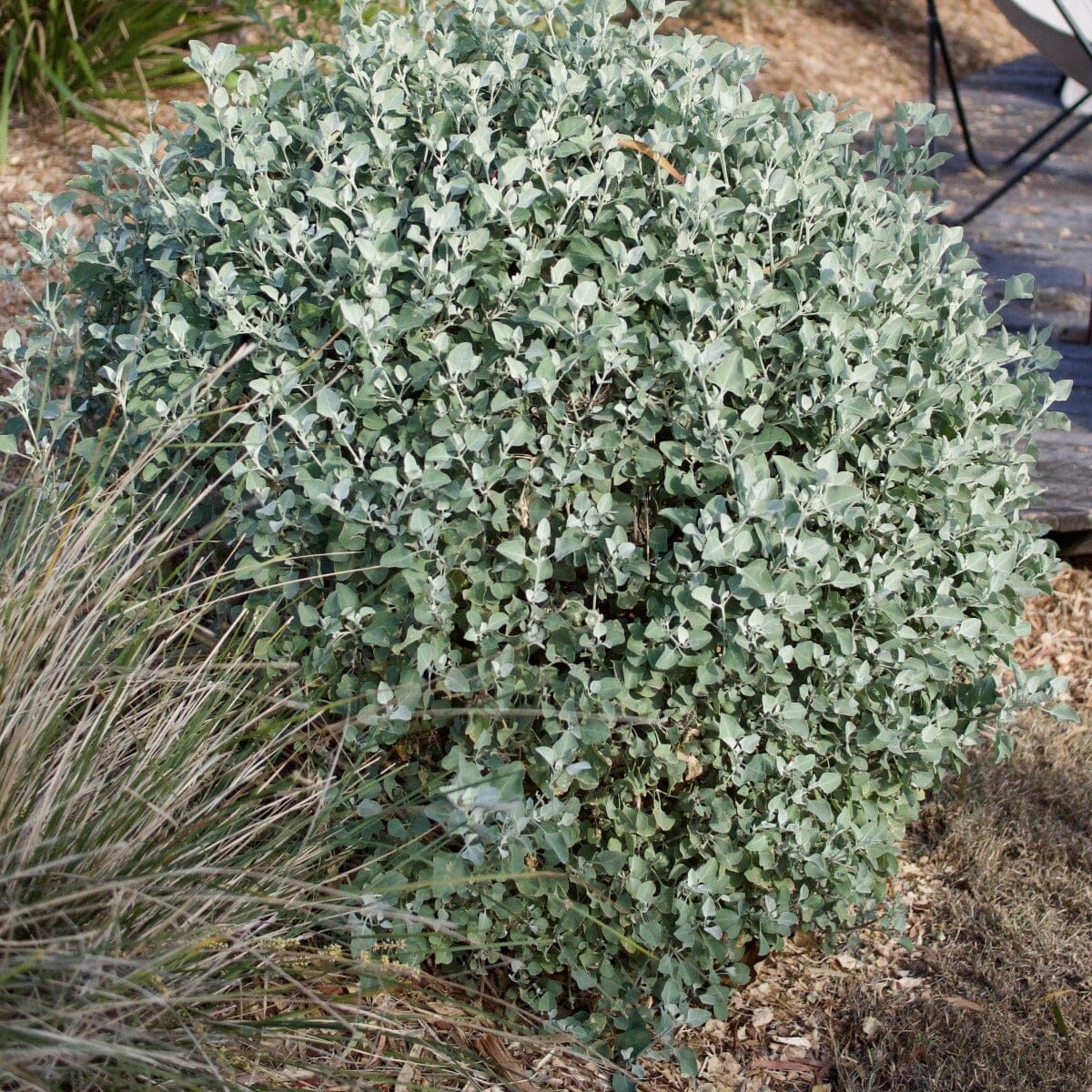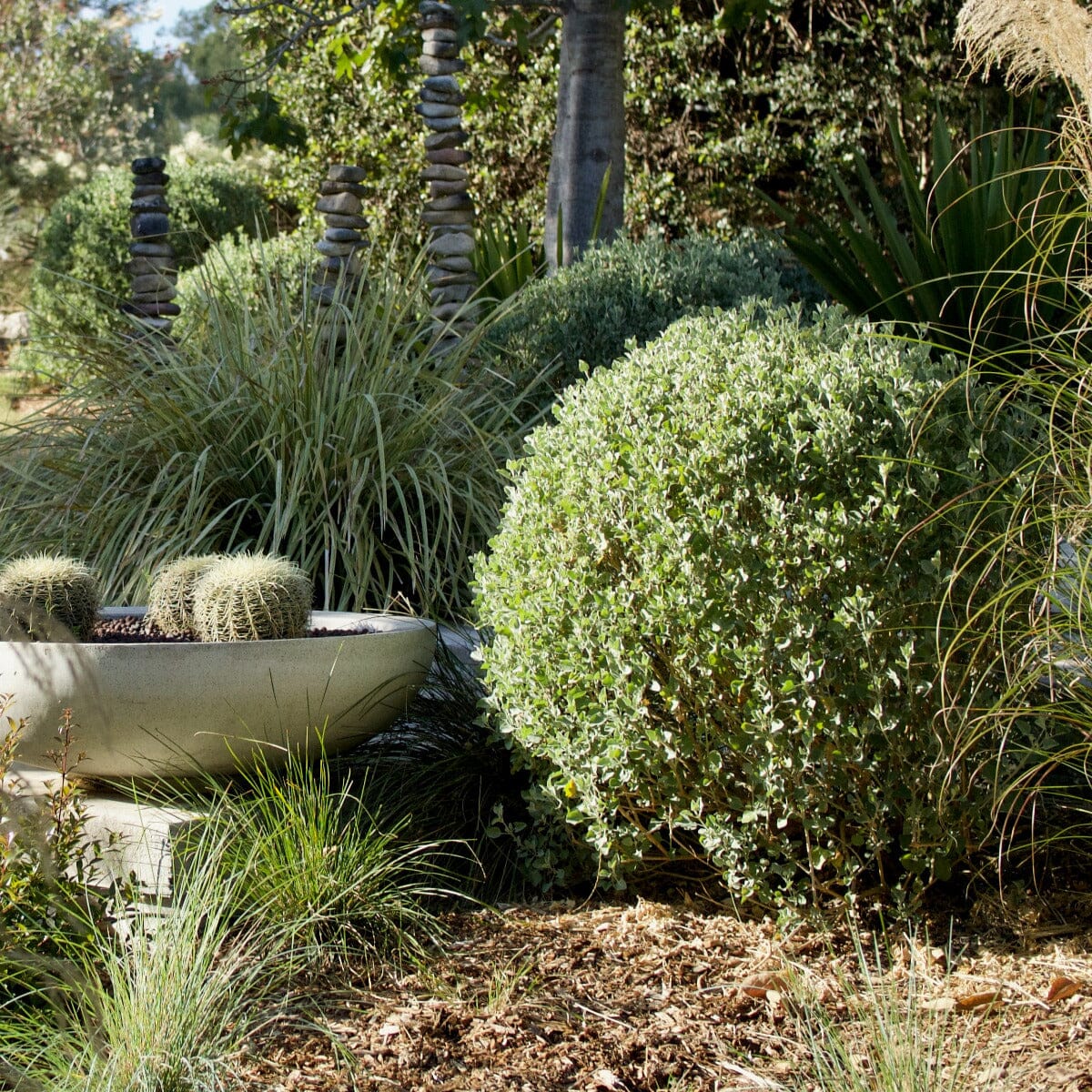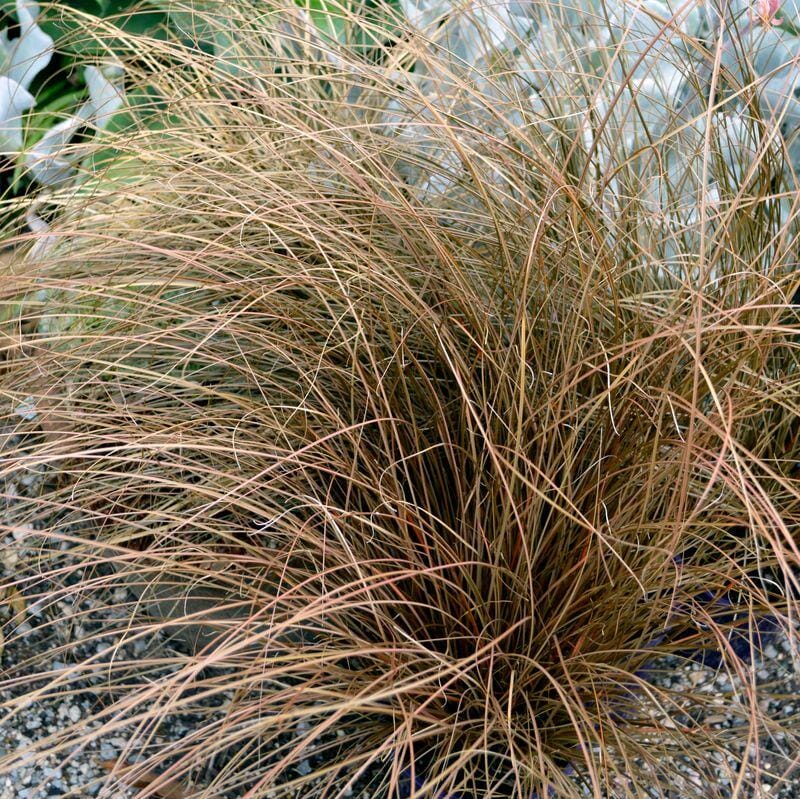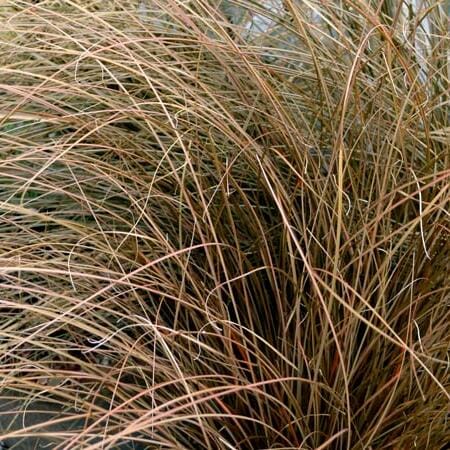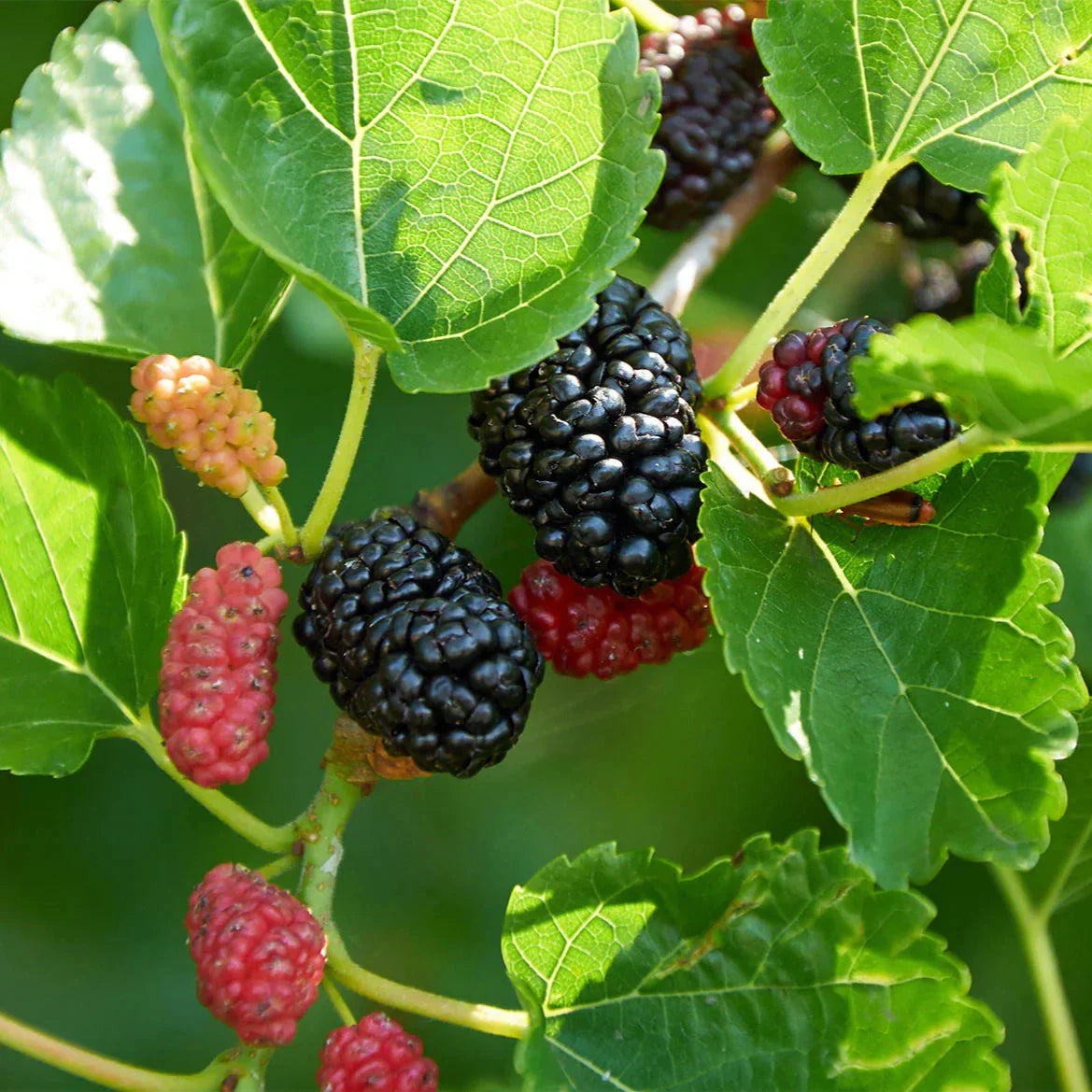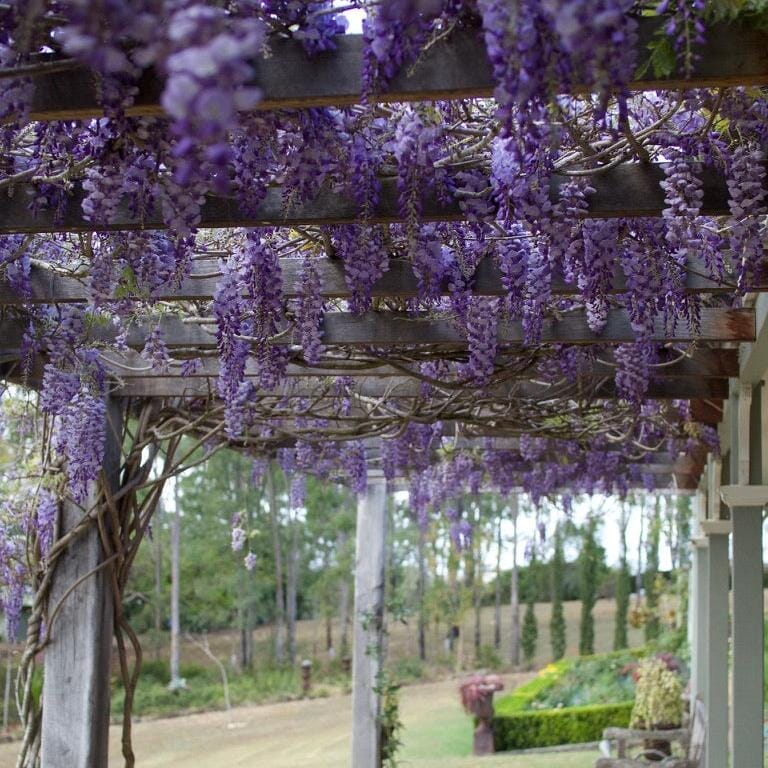Olive trees are synonymous with Mediterranean landscapes, their silvery foliage and sculptural trunks bringing timeless beauty to gardens. While traditionally associated with drier climates, many olive varieties thrive in Brisbane’s warm, humid conditions with the right care. Whether you’re growing them for their delicious fruit or as ornamental features, olive trees make an excellent addition to subtropical gardens.
Bringing the Mediterranean to Brisbane
With the right care, olive trees flourish in Brisbane’s climate, rewarding gardeners with a stunning, architectural presence and the joy of homegrown olives. Whether you choose a productive fruiting variety like Kalamata or a decorative compact form like Bambalina, olives are a timeless addition to any subtropical garden.
Growing Olives in Pots
Olive trees adapt well to container growing, making them a fantastic choice for patios, balconies, and small gardens. When choosing a variety for pots, opt for compact selections like Mini Olea or Bambalina, as they require less space. Fruiting varieties such as Manzanillo can also be grown in pots with regular pruning and care.
Select a large, well-draining pot, at least 40-50cm in diameter, to allow ample root growth. Use a high-quality, free-draining potting mix with added sand or perlite to prevent waterlogging. Position the pot in full sun and water deeply when the soil feels dry. Potted olives benefit from a slow-release fertiliser in spring and occasional liquid feeds to encourage strong growth and fruiting. Regular pruning will help maintain their shape and size while promoting healthy foliage. Olive trees should never be considered as an appropriate indoor plant despite repeatedly being used by interior designers. They need at least 6 hours of direct sunlight per day.
Featured: Olive tree in one of our Sante Egg pots.

Best Olive Varieties for Brisbane
Frantoio (Heritage Frantoio) – A classic Italian variety prized for its high-quality oil. Frantoio olives have a rich, fruity flavour and thrive in Brisbane’s climate when given well-draining soil and full sun. Ideal for keen home growers looking to press their own olive oil.
Manzanillo – One of the most popular fruiting varieties, Manzanillo produces plump, juicy olives that are perfect for eating fresh or curing. Its compact growth and high yield make it a favourite for home gardens.
Mini Olea – A dwarf variety perfect for pots and smaller spaces. While it doesn’t produce fruit as prolifically as larger varieties, its dense, silvery foliage makes it a stunning ornamental feature.
Bambalina – A striking, compact olive variety with a naturally rounded form. Primarily grown for ornamental purposes, Bambalina is perfect for hedging or feature planting in courtyard gardens.
Kalamata – This well-loved Greek variety is known for its large, dark purple olives, ideal for table use. Kalamata olives prefer long, hot summers but can still thrive in Brisbane with good drainage and adequate air circulation.
Helena – A dual-purpose variety, Helena is great for both oil and table olives. It’s hardy, productive, and well-suited to Brisbane’s warm conditions, making it a great all-rounder.
Companion planting for olives
There are many plants that enjoy similar growing conditions to olive tree and are complementary in foliage, colour and texture. For inspiration take a look at this collection of plants for growing under your olive trees.
Caring for Olive Trees in Brisbane
Sun and Soil: Olives love full sun, needing at least six hours of direct sunlight per day. They thrive in well-draining, slightly alkaline soils. In Brisbane, where clay-heavy soils can hold excess moisture, it’s best to plant them in raised beds or improve drainage with organic matter and sand.
Watering: While olive trees are drought-tolerant once established, they need consistent watering during their first couple of years. In Brisbane’s summer heat, deep watering once a week will help them establish strong roots. Avoid overwatering, as olives dislike ‘wet feet.’
Pruning and Maintenance: Olive trees benefit from annual pruning to encourage airflow, particularly in humid climates. Remove any dead or crossing branches and lightly shape the tree in late winter or early spring. This also helps reduce fungal diseases, which can be an issue in Brisbane’s humidity.
Feeding: A balanced organic fertiliser applied in early spring and late summer will keep olive trees healthy and productive. Supplement with liquid seaweed or potassium-rich feeds to support fruiting.
Pests and Diseases: Brisbane’s humidity can sometimes lead to fungal issues like olive leaf spot. Ensure good air circulation and consider copper-based fungicides if needed. Scale insects and sooty mould can also appear but are easily managed with horticultural oil. Lace bugs are sap-sucking pests that can damage olive trees by causing leaf discoloration and weakening the plant. Regular monitoring and if present use using eco-neem and eco-oil to control.
Bringing the Mediterranean to Brisbane
With the right care, olive trees flourish in Brisbane’s climate, rewarding gardeners with a stunning, architectural presence and the joy of homegrown olives. Whether you choose a productive fruiting variety like Kalamata or a decorative compact form like Bambalina, olives are a timeless addition to any subtropical garden.
Featured: Olive tree in one of our Sante Cylinder pots.

